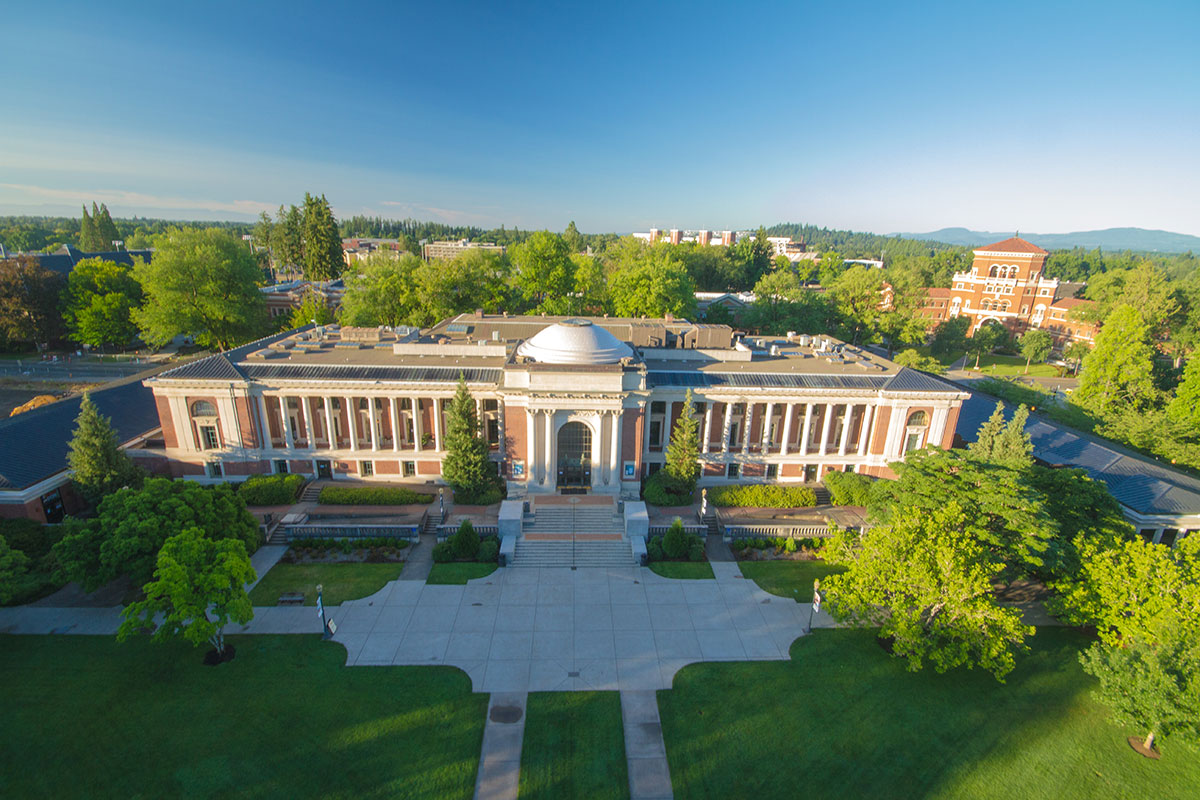
Science blends with art and writing in Spring Creek’s Long-Term Ecological Reflections (LTER) project at the H.J. Andrews Experimental Forest. In 2004, Robert Michael Pyle, nature writer and scientist, served as the first LTER writer-in-residence. He focused on a 200-year-long log decomposition study. Its purpose: to understand forest cycles of growth and decay. Other participating writers have included Robin Kimmerer, author of Gathering Moss (OSU Press, 2005); Scott Slovic, writer, critic and educator; and poet Pattiann Rogers. The U.S. Forest Service co-sponsors the project.
“The moss grows, the raven barks, the trees go to soil — first hemlocks, then firs, finally cedar. All the while the decomp team is there, watching how the cookies crumble. Maybe looking to the future is a way of hoping there will still be something to see when we get there. Maybe it’s the only way to make sure of it.”
Robert Michael Pyle
“The Long Haul,” Orion magazine, September/October 2004
200-Year Log Decomposition Study
Tree species lose mass (through density) at varying rates. Below are decomposition rates for Pacific silver fir (ABAM, Abies amabilis), Douglas fir (PSME, Pseudotsuga menziesii), western red cedar (THPL, Thuja plicata) and western hemlock (TSHE, Tsuga heterophylla). (unpublished data, Mark Harmon, the Richardson Chair in the Department of Forest Science)





